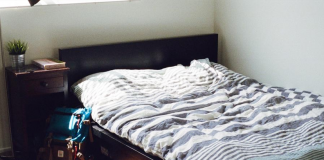Your home is your sanctuary and somewhere you always want to feel your best. Here are our top tips on how home interiors can be used to improve your mood…
You may not know it, but every single home interior decision you make, whether it’s paint shades, hardware finishes or an abundance of accessories, can affect both your mood and wellbeing. With everything from lighting to colours important when it comes to improving your health, it’s a wise decision to be selective when it comes to furnishings. Here, interiors experts Terrys Fabrics discuss the many ways home interiors can be used in a carefully curated way to improve mood and inspire positive wellbeing.
The power of the window treatment
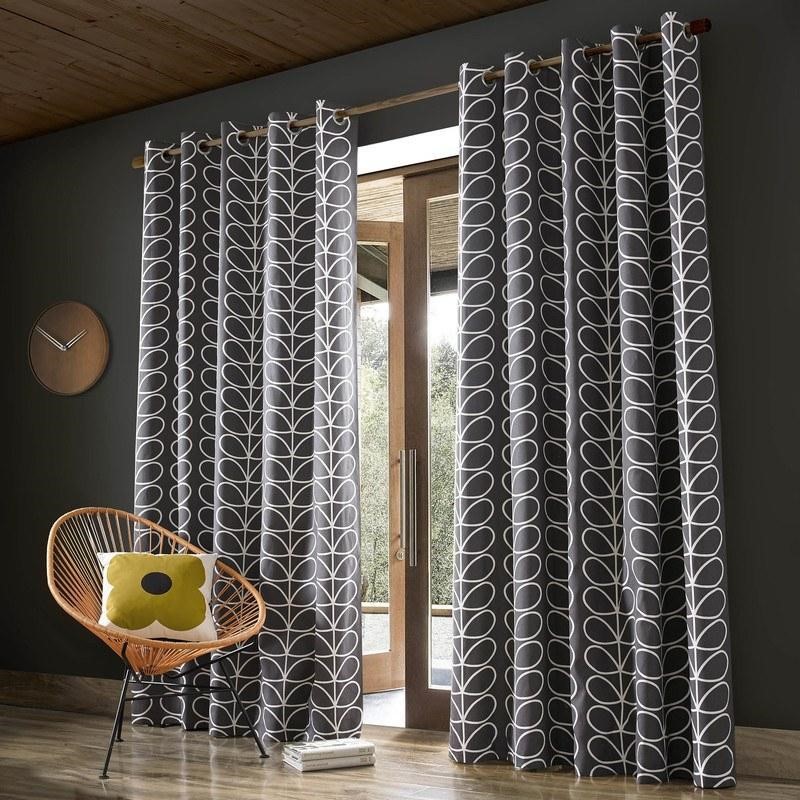 It’s common knowledge that lack of light can result in an unwanted, often groggy feeling, so it’s regularly suggested that windows truly do hold the key to creating a space that can result in uplifting feelings. Whilst the size and type of your window, and therefore ultimately how much light is permitted into the room, is already set in stone, the way you dress your windows can have a huge effect on the way you feel. If you’re blessed with a room that’s extremely bright, you may find that the space tends to get rather warm in the summer months. By choosing a window covering, such as that of Venetian or vertical blinds, that blocks out excessive heat, you can be sure the temperature is comfortable. Contrastingly, if you’re left with a space that’s darker than you’d like it to be, choose a window treatment in bright shades such as white and lemon, that will not only brighten the space but will allow as much light to flood the room as possible.
It’s common knowledge that lack of light can result in an unwanted, often groggy feeling, so it’s regularly suggested that windows truly do hold the key to creating a space that can result in uplifting feelings. Whilst the size and type of your window, and therefore ultimately how much light is permitted into the room, is already set in stone, the way you dress your windows can have a huge effect on the way you feel. If you’re blessed with a room that’s extremely bright, you may find that the space tends to get rather warm in the summer months. By choosing a window covering, such as that of Venetian or vertical blinds, that blocks out excessive heat, you can be sure the temperature is comfortable. Contrastingly, if you’re left with a space that’s darker than you’d like it to be, choose a window treatment in bright shades such as white and lemon, that will not only brighten the space but will allow as much light to flood the room as possible.
Go bold with colour
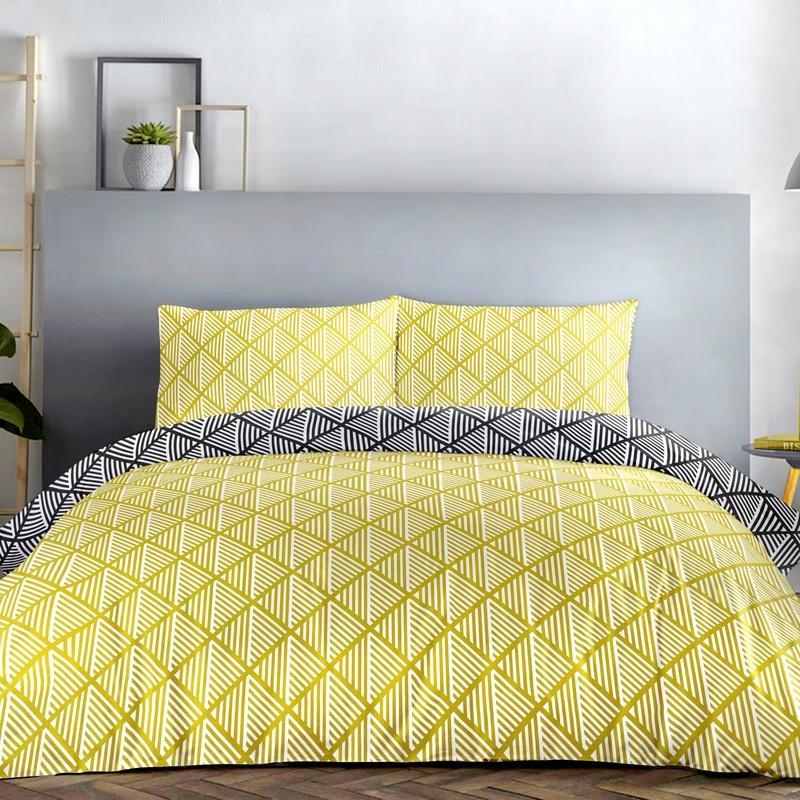 The psychology of colour has long been used throughout the world of advertising, but have you ever considered the psychological effects the colours you choose for your home have on your wellbeing? Use colour to your advantage and paint your interiors with shades known for their brightening and happiness associating properties. Whilst white is known for it’s light reflecting properties, which can induce positive feelings, yellow is known for it’s brightening quality, and blue is best associated with notions of peacefulness and calm.
The psychology of colour has long been used throughout the world of advertising, but have you ever considered the psychological effects the colours you choose for your home have on your wellbeing? Use colour to your advantage and paint your interiors with shades known for their brightening and happiness associating properties. Whilst white is known for it’s light reflecting properties, which can induce positive feelings, yellow is known for it’s brightening quality, and blue is best associated with notions of peacefulness and calm.
Keep it cosy
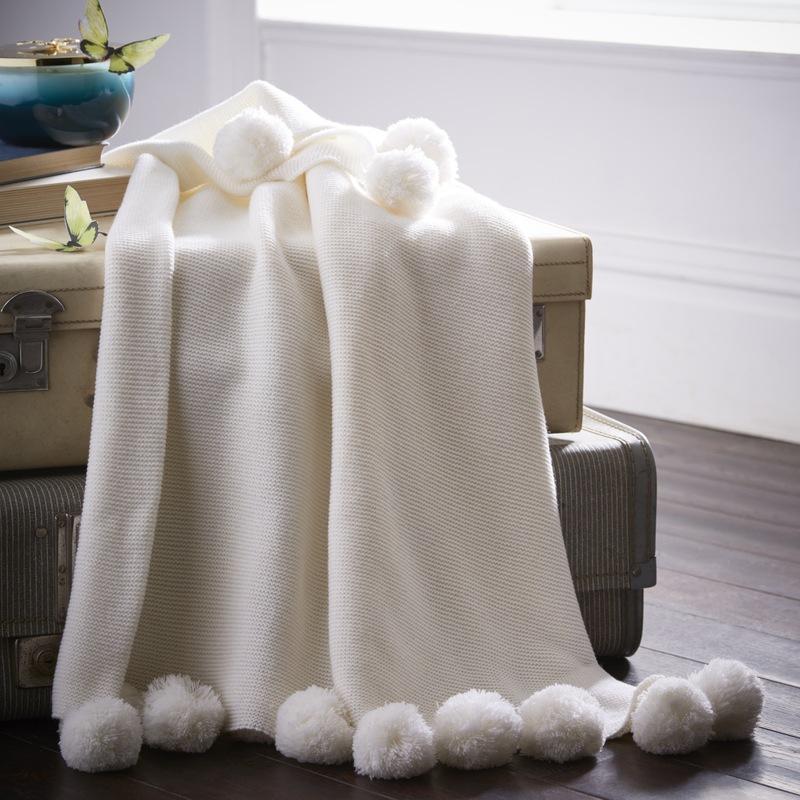 A warm, cosy atmosphere can make all the difference when mood is low. Cosiness is often associated with a sense of comfort and warmth and creating a feeling of cosiness within a home is almost always a mood-enhancer. To inspire feelings of cosy, look to textures and accessories that can be layered. Velvet and faux fur are both known for their luxury feel and layering these upon linens and cottons can create a timeless warm feeling.
A warm, cosy atmosphere can make all the difference when mood is low. Cosiness is often associated with a sense of comfort and warmth and creating a feeling of cosiness within a home is almost always a mood-enhancer. To inspire feelings of cosy, look to textures and accessories that can be layered. Velvet and faux fur are both known for their luxury feel and layering these upon linens and cottons can create a timeless warm feeling.
A trick of the light
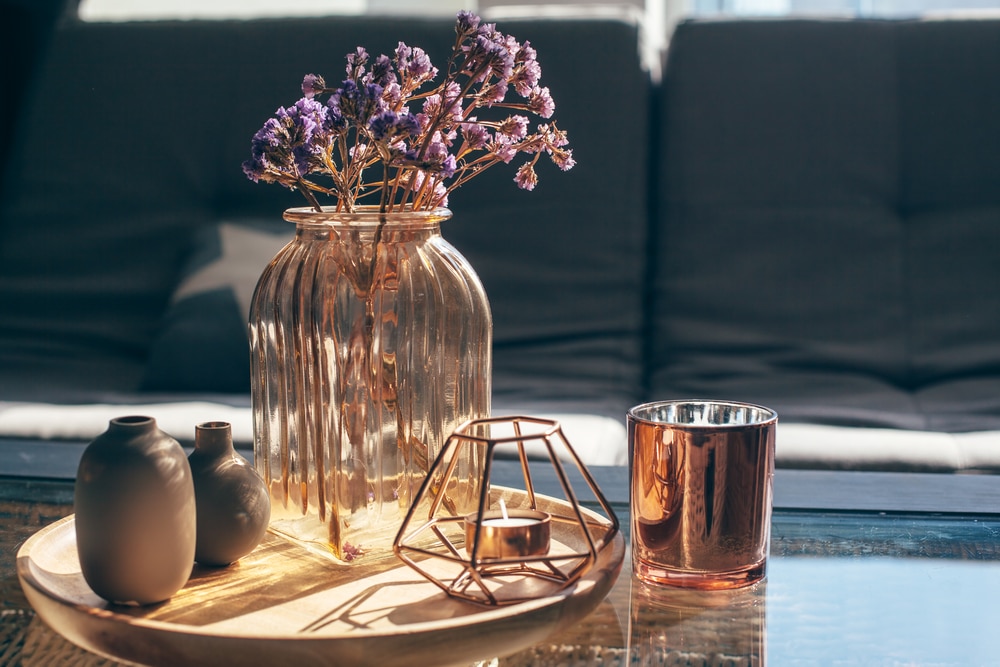 Whilst we all know that natural light, and its vitamin D properties, is extremely important for mood, artificial light holds just as much value, therefore light fixtures and fittings can be used to create a more positive atmosphere within the home. Whilst the rules surrounding natural light are brighter is almost always better, artificial light doesn’t quite have the same temperament, as there’s substantial research to suggest that bright artificial light can heighten emotions. Look to warm toned bulbs, and subtle lampshades that create a blanket of gentle, evenly distributed light throughout each room of the home. The addition of candles can also increase mood, not only do many candles have a happiness enhancing scent, the additional light will create a relaxing and homely atmosphere.
Whilst we all know that natural light, and its vitamin D properties, is extremely important for mood, artificial light holds just as much value, therefore light fixtures and fittings can be used to create a more positive atmosphere within the home. Whilst the rules surrounding natural light are brighter is almost always better, artificial light doesn’t quite have the same temperament, as there’s substantial research to suggest that bright artificial light can heighten emotions. Look to warm toned bulbs, and subtle lampshades that create a blanket of gentle, evenly distributed light throughout each room of the home. The addition of candles can also increase mood, not only do many candles have a happiness enhancing scent, the additional light will create a relaxing and homely atmosphere.
Strike a balance between minimal and eclectic
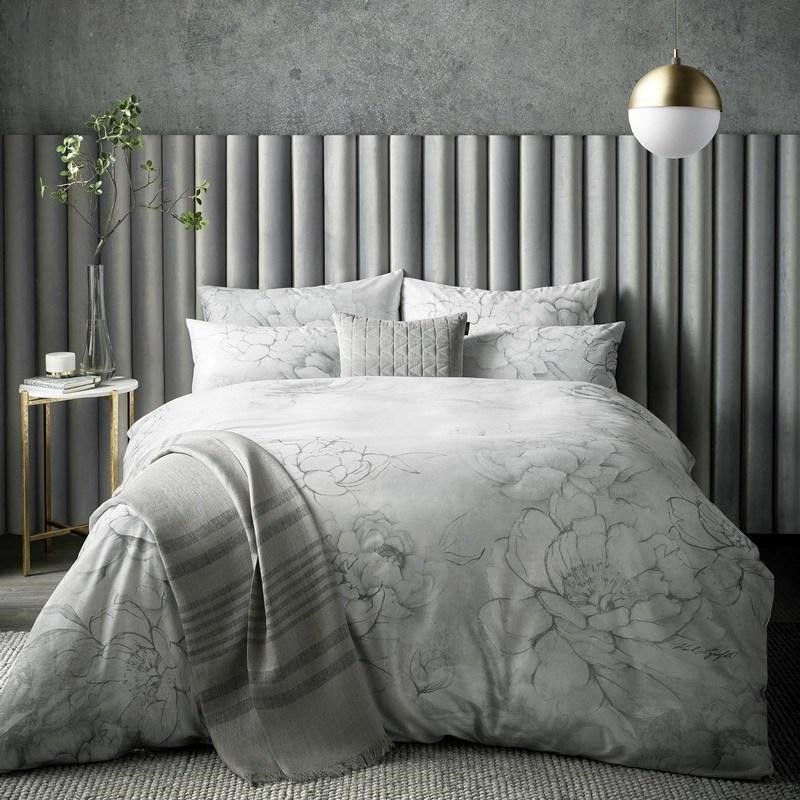 Minimalism is the practice of removing unnecessary items and clutter from the home, and only keeping what is necessary. In some cases, having very little debris within the space in which you relax can be a positive thing, as clutter can often increase feelings of stress and anxiousness, and can lead to a reduction in mood. That being said, there are many positives to a more maximalism focused theme within the home, with clashing patterns and bold colours providing a sense of excitement and happiness. Because of this, it’s important to strike a balance between the minimal and the maximal, in order to find a style that enhances your own mood, depending on taste.
Minimalism is the practice of removing unnecessary items and clutter from the home, and only keeping what is necessary. In some cases, having very little debris within the space in which you relax can be a positive thing, as clutter can often increase feelings of stress and anxiousness, and can lead to a reduction in mood. That being said, there are many positives to a more maximalism focused theme within the home, with clashing patterns and bold colours providing a sense of excitement and happiness. Because of this, it’s important to strike a balance between the minimal and the maximal, in order to find a style that enhances your own mood, depending on taste.

